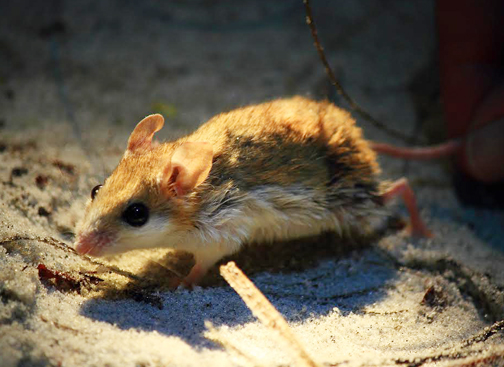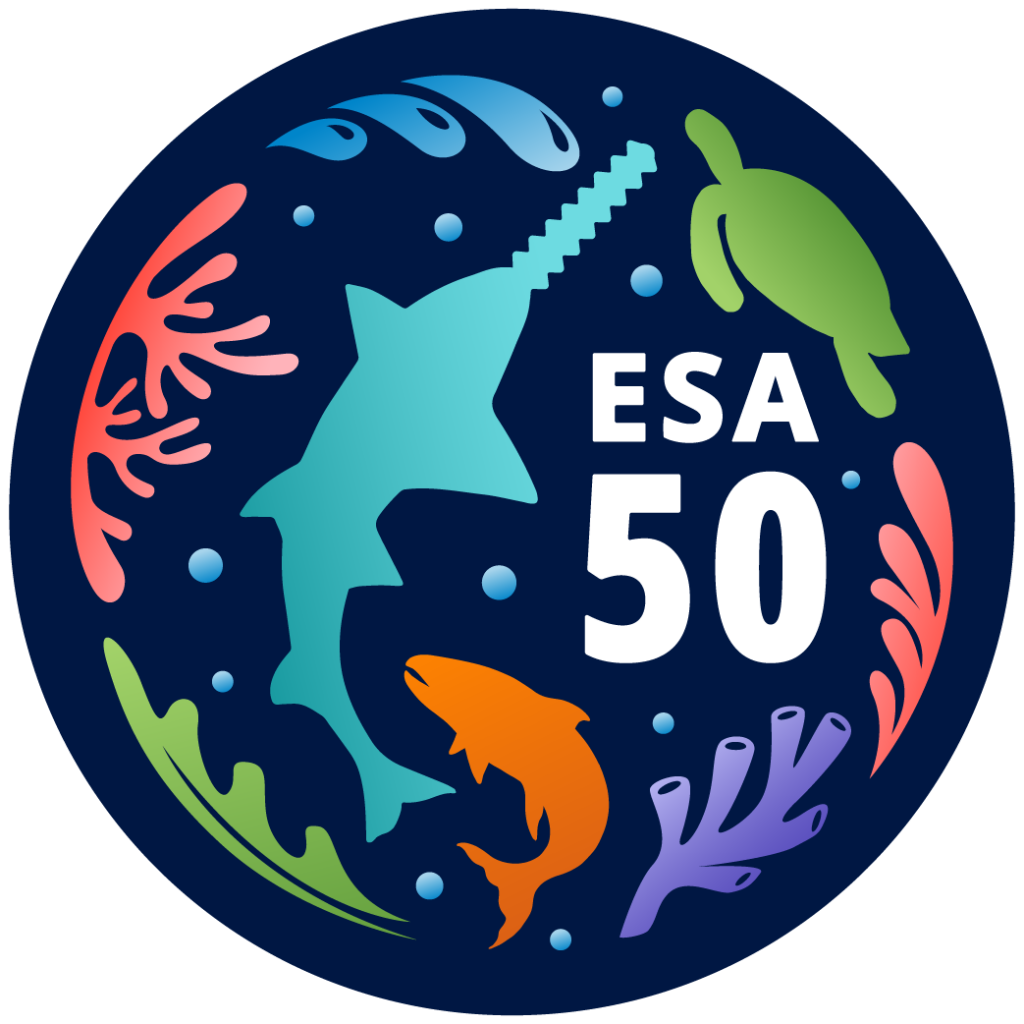“I can’t do what? – because of a mouse? – it’s only a mouse.”
This was a comment made by many who lived on Perdido Key when a small beach mouse found only there was added to the endangered species list. It is a comment heard often when many species are listed. A major reason most species begin to decline and become endangered is loss of habitat. We enter and change the habitat to suit our needs. Much of this includes construction of buildings and altering landscapes to a more artificial setting and much of the local wildlife is lost. So is the case with this little mouse.

The Perdido Key beach mouse (Peromyscus polionotus trissyllepsis) is one of seven subspecies of beach mice found in Florida, five of those found in the Florida panhandle. Beach mice are a subspecies of the Old-Field mouse (Peromyscus polionotus). They are small, about 5 inches long, with tails that have hair (which are an additional 2 inches). Beach mice typically have a brown/gray color on top and a lighter white underbelly allowing them to blend into their environment very well. The difference between the subspecies is the extent of the coloration.
The subspecies status, and genetic isolation, is part of the reason these mice are listed. Members of a population who are genetically isolated from others can undergo a process called speciation where the genetic changes that occur in one isolated group cannot/do not flow through the gene pool of the other isolated group. Over time, the genetics, and morphology, of one isolated group becomes different enough that a new subspecies, or even species, develops. This is the case with the Perdido Key beach mouse. It is isolated on Perdido Key, a barrier island, and does not interbreed with their closest neighbors – the Alabama beach mouse (P.p. ammobates) and the Santa Rosa beach mouse (P.p. leucocephalus). Because of this, ALL of the Perdido Key beach mice in the world live on Perdido Key. Their population is small and vulnerable.
These mice are dune dwellers living in small burrows. They prefer the primary dunes (closest to the Gulf) which are dominated by the grasses whose seeds they like to feed on. They forage at night (nocturnal) feeding on the seeds of the sea oat (Uniola paniculate), panic grass (Panicum amarum), and blue stem (Schizachrium maritimum) usually in the secondary dunes. Highly vegetated swales (low wet areas between the primary and secondary dunes) are used to move between these habitats, and they are also found in the tertiary dunes (on the backside of the island where trees can be found) where their burrows are more protected from storm surge during hurricanes. During periods when seeds are not available, beach mice will turn to small invertebrates to support their diet. Their foraging range averages around 50,000 ft2.
Breeding takes place in the winter, though can occur anytime of year if enough food is available. They are monogamous (males pairing with only one female for life) with the females giving birth after 23 days to four pups. New members of the family can move up to half a mile in search of a foraging range for themselves. It is understood that with limited available habitat on an isolated island, the carry capacity of the beach mouse would be low. Owls and snakes are some of the predators they face, but the beach mice have evolved to deal with few predator issues.
The increase of humans onto the barrier islands has negatively impacted them. The leveling of dunes for houses, condos, swimming pools, and shopping centers has significantly reduced suitable habitat for them as well as reduced the seed food source. Introduced feral and free roaming domestic cats have also been a large problem. Bridges connecting these islands to the mainland have allowed foxes and coyotes to reach, and increase pressure on, them. With these increased pressures, and small populations, these mice are now listed under the Endangered Species Act.
Conservation measures have included, predator control, building and landscaping restrictions, translocation (moving mice from large populations to those that are smaller), and reintroduction (releasing mice into areas where they once existed but no longer do). There has been success with the Choctawhatchee beach mouse in the Grayton Beach area, as well as the Perdido Key beach mouse in Gulf Islands National Seashore. Things that beach residents can do to help beach mice populations include keeping your pets inside at night, plant native grasses in your landscape, reduce night lighting, do not walk over dunes – use the cross walks.
Things seem to be improving for beach mice, but the development pressure is still there. Hopefully we will have these creatures as part of our panhandle barrier island communities for many years to come.

References
Beach Mouse Fun Facts. Gulf Islands National Seashore. U.S. Department of Interior.
Bird, B.L., Branch, L.C., Hostetler, M.E. 2021. Beach Mice. University of Florida Electronic Data Information System (EDIS). https://edis.ifas.ufl.edu/publication/uw173.
Perdido Key Beach Mouse. Florida Fish and Wildlife Conservation Commission. https://myfwc.com/wildlifehabitats/profiles/mammals/land/perdido-key-beach-mouse/.
- Rattlesnakes on Our Barrier Islands; Part 4 – Thermoregulation - December 29, 2025
- Rattlesnakes on Our Barrier Islands; Part 3 – Envenomation - December 22, 2025
- St. Joe Red Tide Claiming Terrapins - December 15, 2025
